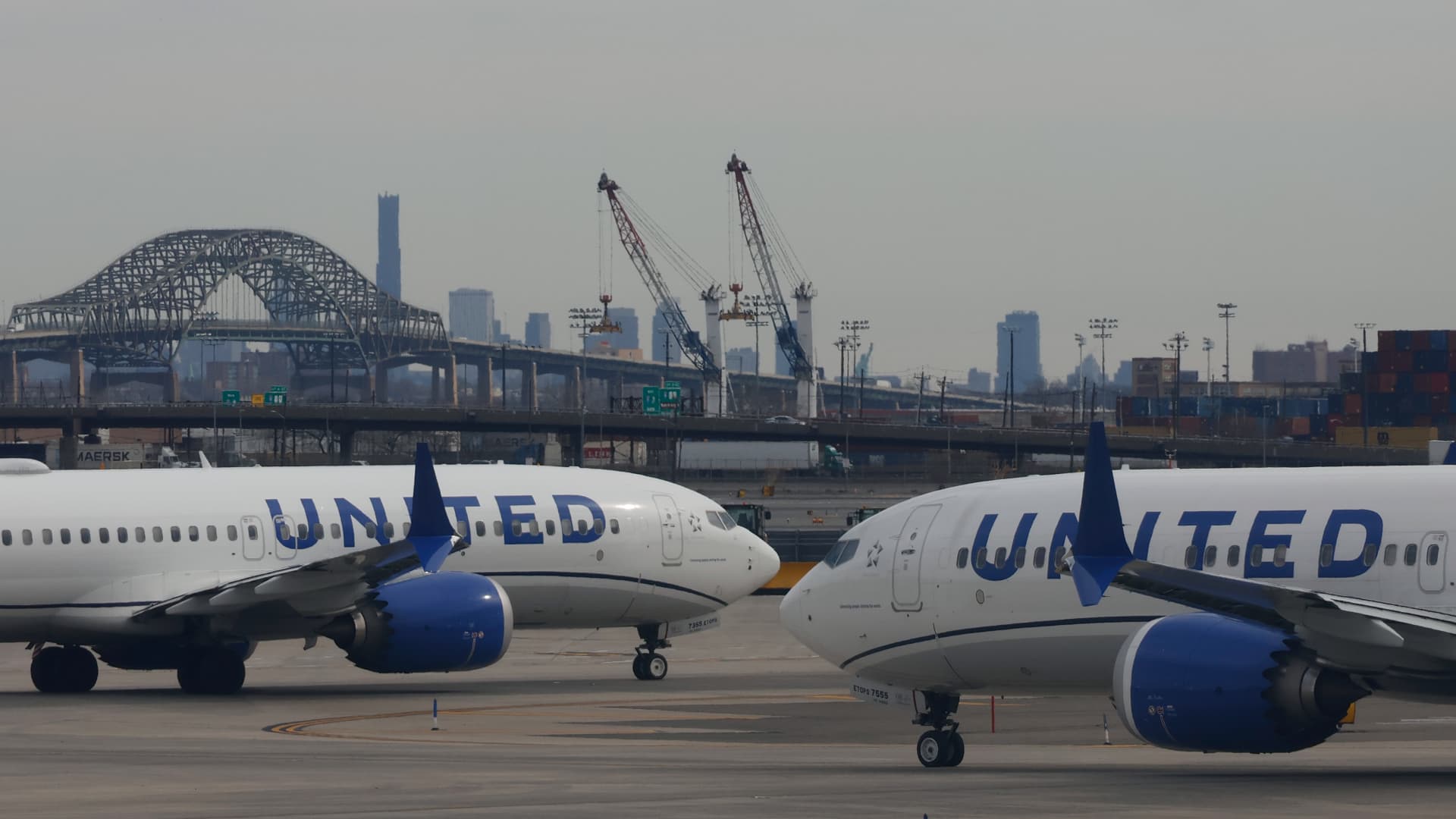Newark Airport Disruptions: Unraveling the Chaos
The skies above Newark Liberty International Airport have been far from smooth sailing lately. Flight disruptions have become a frequent headache for travelers and airlines, with United Airlines often pointing fingers at the Federal Aviation Administration (FAA). Let’s dive into the heart of the matter, exploring the root causes, passenger impacts, and potential solutions to steer Newark’s air traffic back on course.
The Perfect Storm: Root Causes of Disruptions
FAA Staffing Shortages: The Invisible Hand
Imagine trying to conduct an orchestra with too few musicians. That’s the situation at Newark, where air traffic controllers are in short supply. The FAA has been forced to throttle back traffic flows, leading to delays, cancellations, and extended taxi times. The Philadelphia TRACON, which now manages Newark’s airspace, has been stretched thin, with low staffing levels reported on numerous occasions. This staffing crunch has been exacerbated by the relocation of Newark’s airspace control, intended to ease congestion but instead adding to the strain.
Technology and Equipment Failures: The Digital Achilles Heel
In today’s digital age, technology is the backbone of air traffic control. However, the FAA’s systems have shown signs of weakness. Outages and equipment failures have grounded flights and caused extensive delays. For instance, an equipment issue in April led to a tarmac packed with planes, each waiting for their turn to depart. These failures not only disrupt schedules but also create a domino effect, causing delays and cancellations across the network.
Runway Construction and Weather Woes: The Physical Obstacles
Newark’s runways are under construction, adding another layer of complexity to the airport’s operations. A 60-day project on one of the runways began in mid-April, slowing traffic flow and creating bottlenecks. High winds have also played a role, diverting flights and adding to the chaos. The combination of construction, weather, and other factors has created a perfect storm of disruptions, making it challenging for airlines to maintain their schedules.
The Human Cost: Impact on Passengers
The disruptions at Newark have taken a toll on passengers. Hours-long delays, canceled flights, and long taxi times have become the norm, leading to frustration and inconvenience. The situation has been particularly challenging during peak travel periods, such as the Thanksgiving holiday. United Airlines CEO Scott Kirby has voiced his frustration, attributing the issues to FAA’s “staffing and inexperience.” The airline has had to divert flights, delay departures, and cancel services, all of which have a significant impact on passenger experience and satisfaction.
Charting a Course to Calmer Skies
To navigate out of this turbulence, several steps can be taken to mitigate future disruptions.
Addressing Staffing Shortages: Strengthening the Orchestra
The FAA needs to prioritize recruiting and training more air traffic controllers. This includes offering competitive salaries, better working conditions, and opportunities for career advancement. Additionally, the FAA should consider relocating some of the air traffic control responsibilities back to Newark to reduce the strain on the Philadelphia TRACON. By bolstering the workforce, the FAA can ensure smoother operations and fewer disruptions.
Investing in Technology and Equipment: Upgrading the Digital Backbone
The FAA must invest in modernizing its technology and equipment. This includes upgrading radar systems, communication equipment, and other critical infrastructure. Regular maintenance and upgrades will ensure that the technology is reliable and can handle the high volume of traffic at Newark. By fortifying the digital backbone, the FAA can reduce the risk of outages and failures, leading to more efficient and reliable air traffic control.
Managing Construction and Weather Factors: Navigating the Physical Challenges
The FAA and airport authorities should coordinate construction projects to minimize their impact on flight operations. This includes scheduling construction during off-peak hours and providing real-time updates to airlines and passengers. Additionally, airlines should have contingency plans in place to manage disruptions caused by high winds and other weather-related factors. By better managing these physical challenges, the FAA and airlines can ensure a more seamless travel experience for passengers.
Conclusion
A Path Forward
The flight disruptions at Newark Liberty International Airport are a result of a complex interplay of factors, including FAA staffing shortages, technology and equipment failures, and runway construction. These issues have had a significant impact on passengers, leading to delays, cancellations, and frustration. To mitigate future disruptions, the FAA and airport authorities must address staffing issues, invest in technology and equipment, and better manage construction and weather-related factors. By taking these steps, they can ensure a more reliable and efficient air travel experience for passengers, steering Newark’s air traffic back on course to calmer skies. The journey to smoother skies begins with acknowledging the challenges and committing to a path of continuous improvement and innovation. Passengers and airlines alike deserve a more predictable and efficient air travel experience, and it is within reach with the right strategies and investments.

